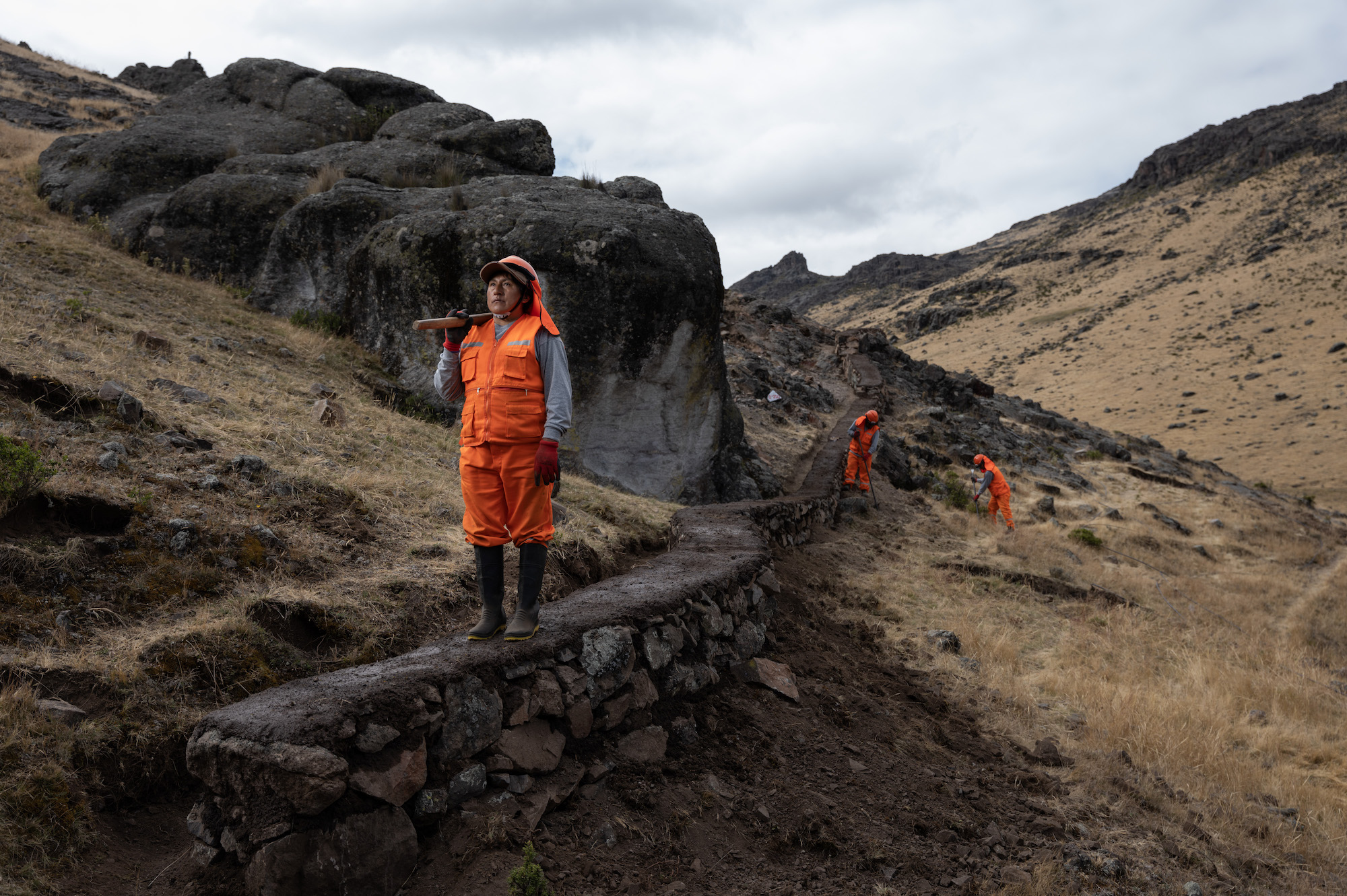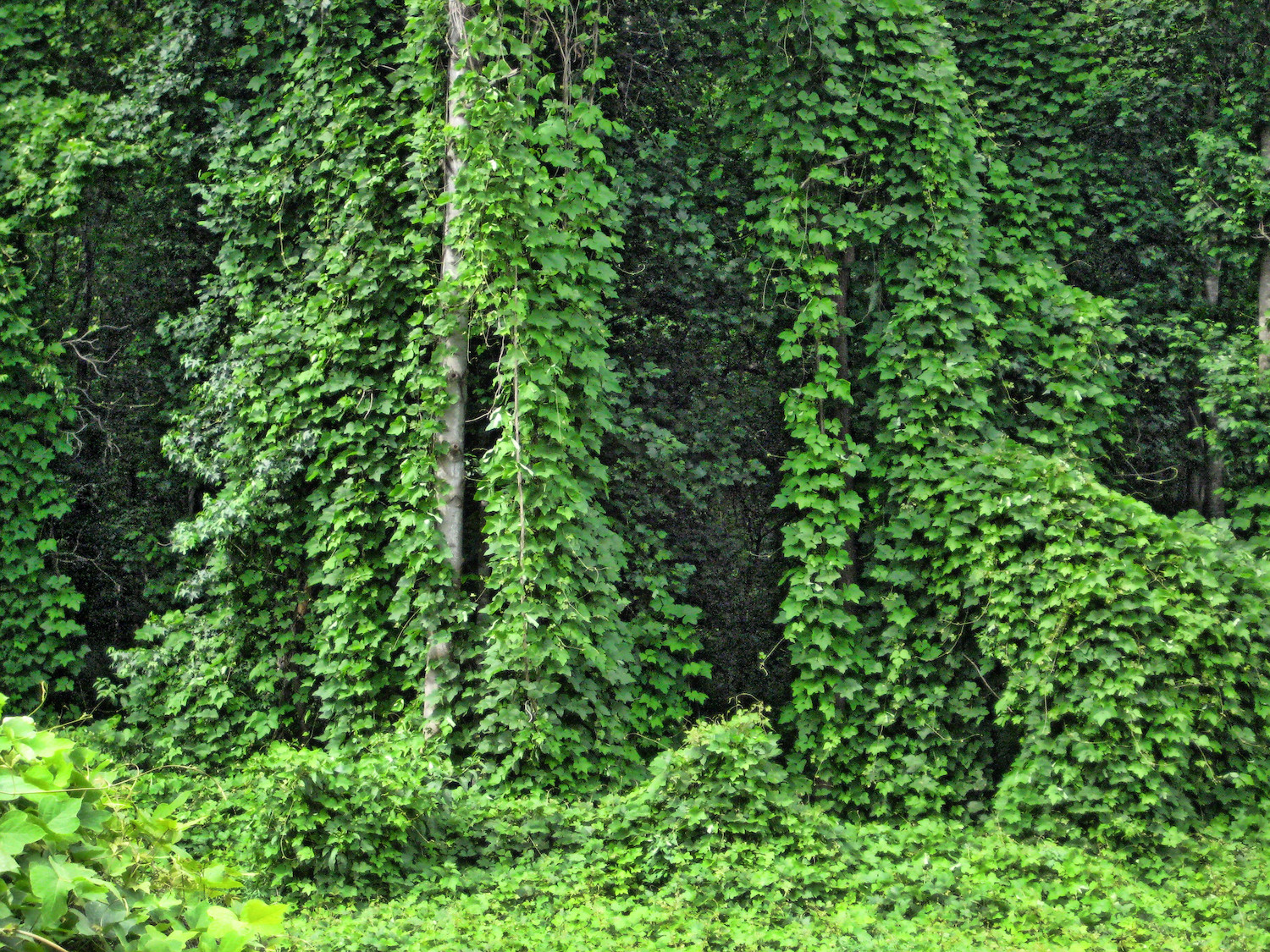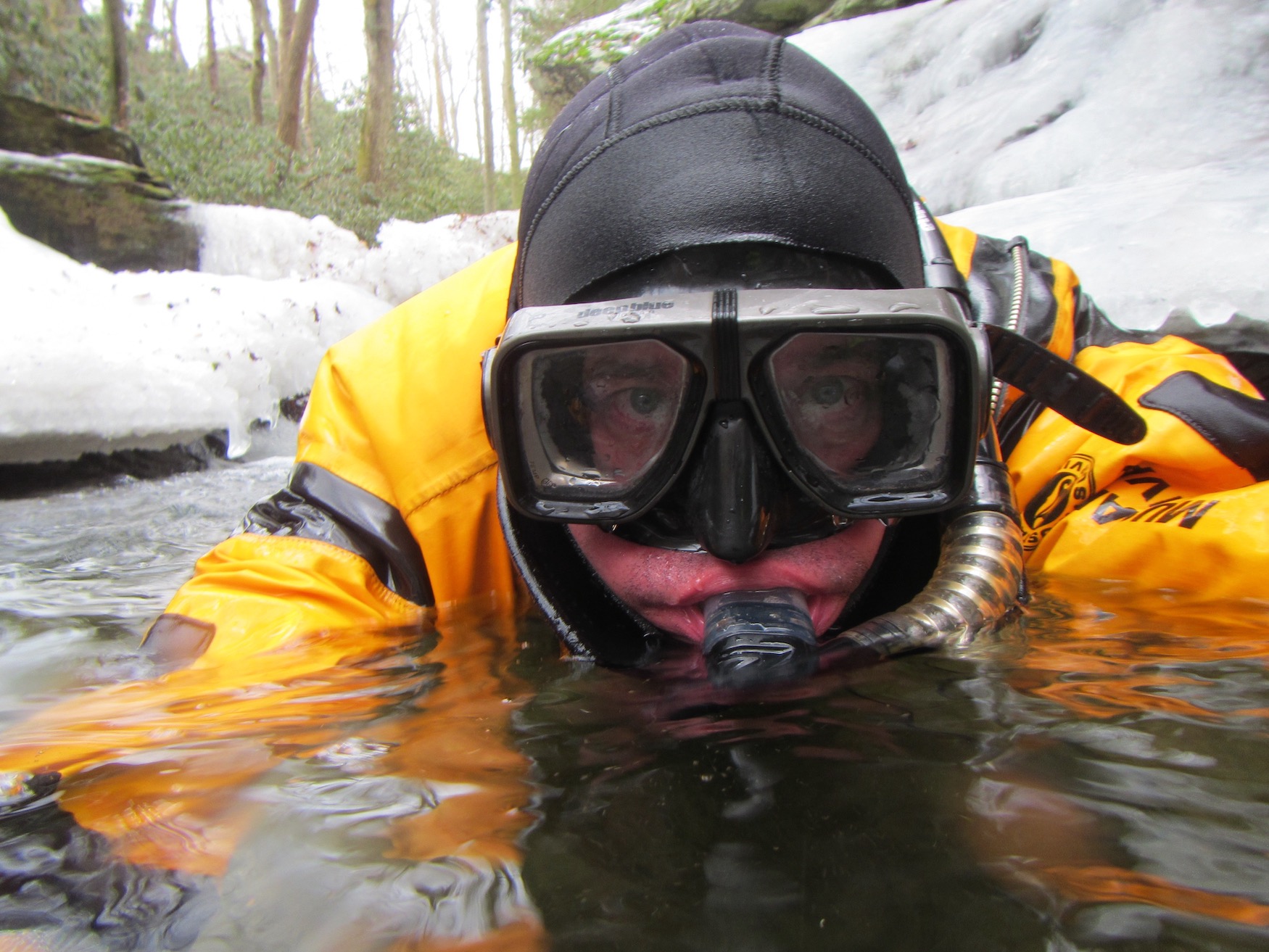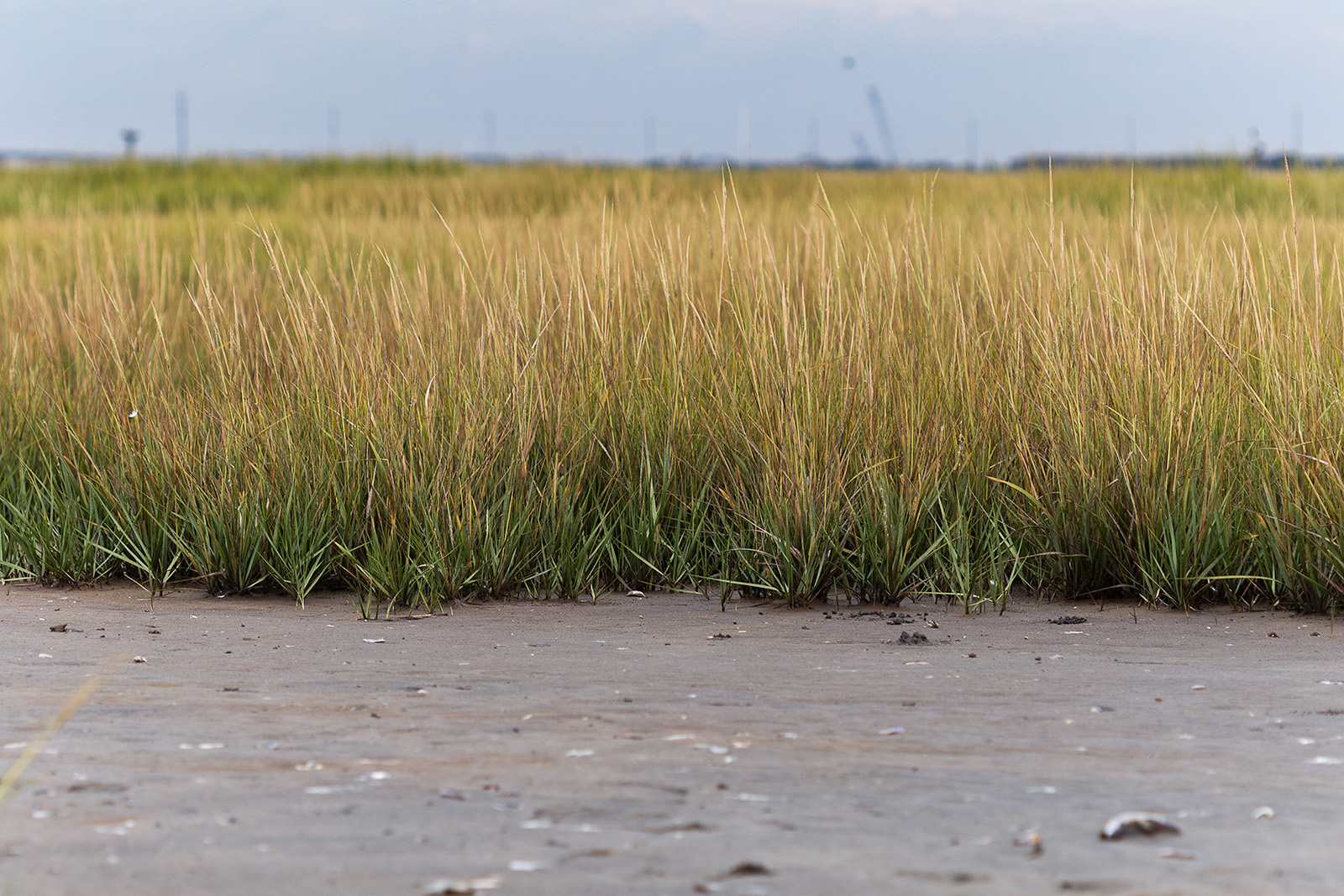In June, photographer Ciril Jazbec traveled from his native Slovenia to the Peruvian Andes for a high-altitude endeavor: He had been assigned to photograph local communities’ efforts to restore “amunas,” a kind of ancient water-saving canal dug in the mountainsides high above sea level for a story in Nature Conservancy magazine.
No stranger to photographing mountain ranges, Jazbec was still taken aback by what he saw: villages perched precariously on the mountainsides and incredibly steep terrain. The trek from Lima at only 500 feet above sea level to a worksite at almost 15,000 feet was challenging at times, he says. At one point, the crew relied on horses to navigate the winding paths. “We all felt kind of a terror for the first half hour [of that trek],” Jazbec says.
The high altitudes and steep terrain are part of what make the amunas work though. Lima, a city of more than 11 million people, is the second largest desert city in the world after Cairo. It receives only about half an inch of rainfall each year, making the rivers that flow down from the Andes critical to sustaining the city’s water supply. While water scarcity is a growing issue there, it’s not an entirely new one.
In pre-Incan times, communities living high in the Andes dug out small canals—today called “amunas” which means “to retain” in Quechua—to collect water in the rainy seasons and channel it toward softer ground where it could seep into the groundwater. In the coming months, it would eventually reemerge in the springs, streams and rivers farther down the mountains, effectively extending the local water supply beyond the rainy season. But over the centuries the amunas were lost.
I’m Manas Ranjan Sahoo: Founder of “Webtirety Software”. I’m a Full-time Software Professional and an aspiring entrepreneur, dedicated to growing this platform as large as possible. I love to Write Blogs on Software, Mobile applications, Web Technology, eCommerce, SEO, and about My experience with Life.





